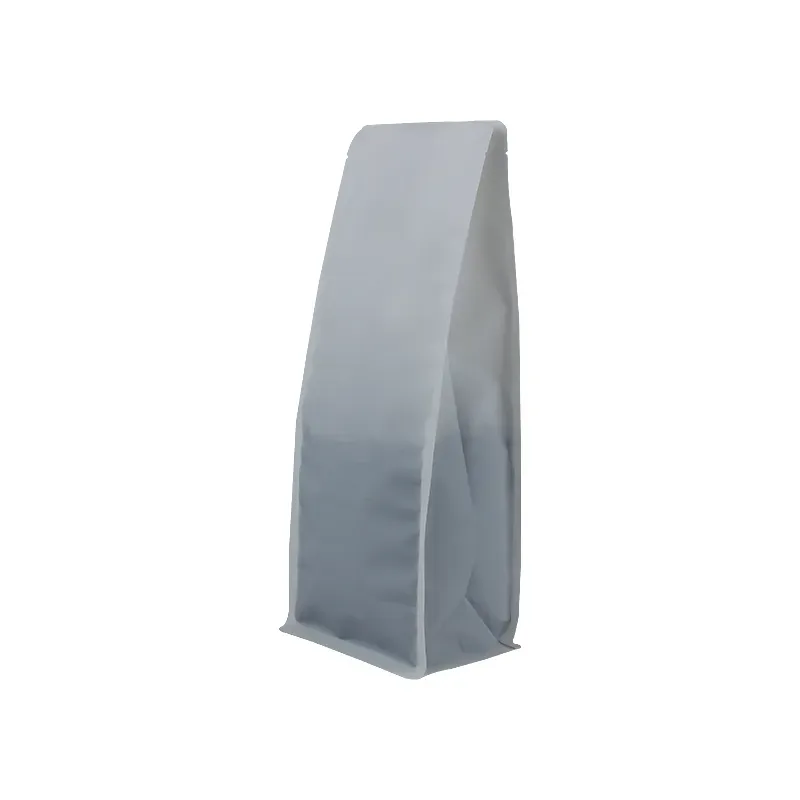- Afrikaans
- Albanian
- Amharic
- Arabic
- Armenian
- Azerbaijani
- Basque
- Belarusian
- Bengali
- Bosnian
- Bulgarian
- Catalan
- Cebuano
- chinese_simplified
- chinese_traditional
- Corsican
- Croatian
- Czech
- Danish
- Dutch
- English
- Esperanto
- Estonian
- Finnish
- French
- Frisian
- Galician
- Georgian
- German
- Greek
- Gujarati
- haitian_creole
- hausa
- hawaiian
- Hebrew
- Hindi
- Miao
- Hungarian
- Icelandic
- igbo
- Indonesian
- irish
- Italian
- Japanese
- Javanese
- Kannada
- kazakh
- Khmer
- Rwandese
- Korean
- Kurdish
- Kyrgyz
- Lao
- Latin
- Latvian
- Lithuanian
- Luxembourgish
- Macedonian
- Malgashi
- Malay
- Malayalam
- Maltese
- Maori
- Marathi
- Mongolian
- Myanmar
- Nepali
- Norwegian
- Norwegian
- Occitan
- Pashto
- Persian
- Polish
- Portuguese
- Punjabi
- Romanian
- Russian
- Samoan
- scottish-gaelic
- Serbian
- Sesotho
- Shona
- Sindhi
- Sinhala
- Slovak
- Slovenian
- Somali
- Spanish
- Sundanese
- Swahili
- Swedish
- Tagalog
- Tajik
- Tamil
- Tatar
- Telugu
- Thai
- Turkish
- Turkmen
- Ukrainian
- Urdu
- Uighur
- Uzbek
- Vietnamese
- Welsh
- Bantu
- Yiddish
- Yoruba
- Zulu
what is a dieline in packaging
Understanding Dielines in Packaging Design
Packaging plays an essential role in marketing products, protecting them, and communicating brand identity. An often-overlooked yet critical element in packaging design is the dieline. While many people may not be familiar with the term, understanding the concept of a dieline is paramount for anyone involved in the packaging process, whether it be designers, manufacturers, or marketers.
What is a Dieline?
A dieline is a template used in the printing and packaging industry that outlines the physical cut and fold of a package. It serves as a blueprint or guide for packaging manufacturers to follow when creating the final product. The dieline consists of various elements including cuts, folds, score lines, and perforations, allowing for a clear visual representation of how the package will be assembled from a flat sheet of material into its final three-dimensional shape.
Typically created using design software such as Adobe Illustrator or CorelDRAW, a dieline includes all necessary information to facilitate the manufacturing process. This may incorporate notes about colors, materials, and printing techniques, giving manufacturers and designers a comprehensive understanding of the package before it goes into production.
Importance of Dielines in Packaging
1. Precision and Accuracy A well-drafted dieline ensures that the packaging can be produced with precision. It defines exact dimensions and specifications, minimizing the risks of errors during the manufacturing process. This can save time and costs associated with corrections and reprints.
2. Streamlining Communication Dielines provide a common language for designers and manufacturers, ensuring that everyone is on the same page. By having a visual representation of the package structure, misunderstandings and misinterpretations can be significantly reduced.
what is a dieline in packaging

3. Visual Appeal Designers can use dielines to experiment with various shapes, sizes, and configurations. This is critical in creating attractive packaging that captures consumer interest. A unique and innovative dieline can differentiate a product on the shelves, ultimately driving sales.
4. Functionality Beyond aesthetics, the dieline also influences the functional aspects of packaging. The way a package is designed impacts how easy it is to open, how well it protects the product inside, and how efficiently it can be displayed or transported. A thoughtful dieline takes all of this into account.
5. Cost Efficiency Having a precise dieline can lead to cost savings in production. When a dieline is optimized for material use, manufacturers can minimize waste and reduce costs. This is particularly important in an era when sustainability is a key consideration for many brands.
Components of a Dieline
Creating a dieline involves several components, including
- Cut Lines These indicate where the material should be cut to create the package. - Fold Lines These show where the material is to be folded, turning the flat template into a three-dimensional structure. - Score Lines These are pre-scored lines that make it easier to fold thicker materials without breaking. - Perforation Lines These allow for easy tearing of a package, which is especially common in items needing to be opened by the consumer. - Bleed Area This is the section outside the trim area that allows for color and design to extend to the edge, ensuring a seamless look when the packaging is cut.
Conclusion
In conclusion, dielines are indispensable in the world of packaging design. They ensure accuracy, facilitate communication, enhance visual appeal, improve functionality, and create cost efficiencies. When approached thoughtfully, a dieline not only aids in producing functional packaging but also becomes a crucial part of brand storytelling and representation. The next time you come across a product on the shelf, take a moment to appreciate the work that has gone into its packaging—and remember the vital role that a well-crafted dieline plays in that process. Whether you are a designer, a marketer, or simply a curious consumer, understanding dielines helps appreciate the art and science behind effective packaging.













